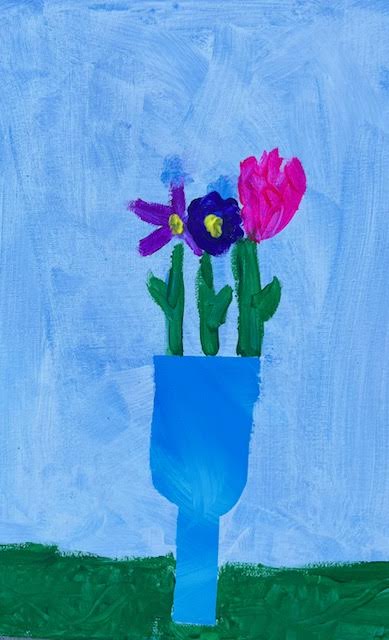Progressive Arts Pedagogy is an educational approach within the arts that emphasizes student-centered learning, creativity, and critical thinking. Prioritizing experiential, process-based learning over rigid instruction or product-focused outcomes, it draws from the principles of progressive education, which advocate for teaching methods that respond to students’ interests and experiences. This pedagogy fosters exploration, collaboration, and self-expression, allowing students to take ownership of their learning and develop intrinsic motivation.
Key Aspects of Progressive Arts Pedagogy:
- Focus on Process Over Product: The creative journey, experimentation, and learning from mistakes are prioritized over the final artwork, encouraging students to appreciate and engage with their own creative process.
- Student-Centered Learning: Students are encouraged to pursue personal interests and direct their learning, fostering individuality and expression.
- Interdisciplinary Learning: Art is integrated with other subjects—like history, literature, or science—broadening the context for art-making and enhancing critical thinking.
- Exploration of Social Issues: Art becomes a tool for societal change as students engage with social, political, and cultural issues, promoting critical thinking and social awareness.
- Collaborative Learning: Group projects foster community and teamwork, allowing students to contribute unique ideas and learn to work collectively.
- Flexibility and Adaptability: The curriculum adapts to student needs and interests rather than adhering to a strict syllabus, promoting adaptive thinking.
- Inclusive and Accessible: Art education is made accessible to diverse learners, incorporating various learning styles, backgrounds, and abilities.
Inspired by educational theories from figures like John Dewey, Paulo Freire, and the Reggio Emilia approach, Progressive Arts Pedagogy nurtures well-rounded, reflective, and socially conscious individuals in a supportive environment.
Common Activities in a Process-Based Arts Studio:
- Exploratory Art-Making: Students experiment with various materials, tools, and techniques, such as clay, watercolor, collage, and found objects, without a specific end goal in mind.
- Open-Ended Projects: Themes and prompts allow for multiple interpretations, empowering students to explore different approaches and develop their ideas.
- Process Documentation: Students use photographs, journals, or sketches to document their creative journey, promoting self-reflection and insight into their progress.
- Collaborative Art: Group projects like mural painting or communal sculptures build a sense of community and encourage social skills.
- Improvisational Techniques: Spontaneous drawing, freeform painting, or unstructured dance exercises embrace unpredictability and encourage intuitive responses.
- Reflective Sessions: Discussions and reflections provide opportunities for students to share insights, articulate their creative process, and receive feedback.
- Art Games and Exercises: Activities like the “exquisite corpse” drawing game and timed sketching exercises foster spontaneity and creativity.
- Sensory Exploration: Multi-sensory activities, such as sound art, textured materials, and scent-based projects, engage students deeply and stimulate creativity.
These activities cultivate an environment where students can freely explore, take risks, and find joy in the creative process itself, fostering a lifelong love for art beyond the final piece.
Example
The “Flowers in a Vase” lesson encourages open-ended outcomes while teaching essential fine art skills such as proportion and perspective. Each piece is unique, reflecting Progressive Art Pedagogy and the individuality of each student’s creative process.






